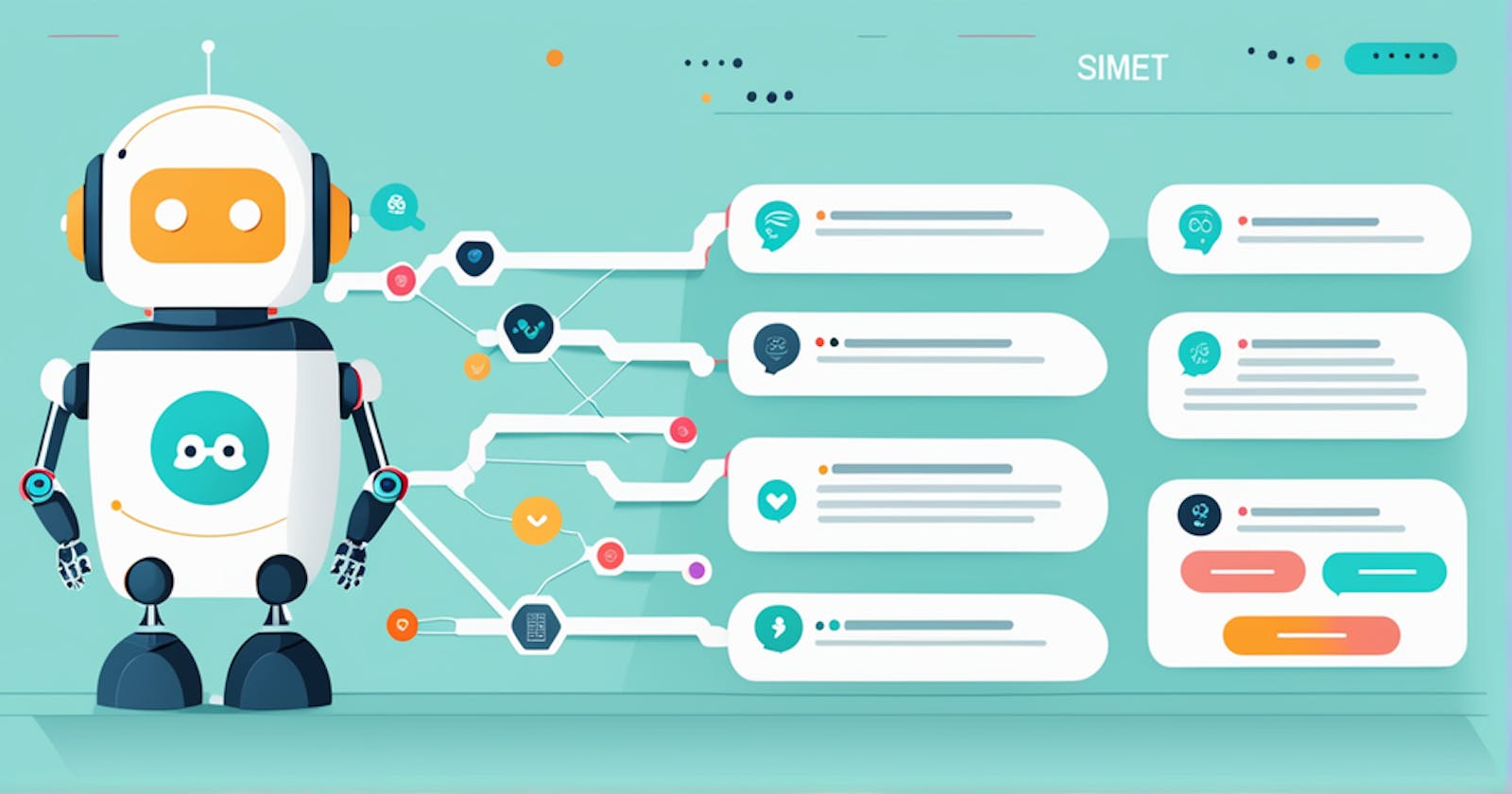Table of contents
No headings in the article.
LangChain is a new open-source framework that makes it easier for developers to build AI applications. It does this by providing a unified programming language for working with large language models (LLMs).
LLMs are a type of AI model that can generate and understand text. They are trained on massive datasets of text and code and can be used for a variety of tasks, such as translation, summarization, and question-answering.
LangChain makes it easier to use LLMs by providing several features, including:
A unified programming language that allows developers to write code that can be executed on different LLMs.
A library of pre-trained LLMs that developers can use in their applications.
Tools for evaluating and deploying LLM-based applications.
LangChain is still under development, but it has the potential to revolutionize the way that AI applications are built.
Benefits of using LangChain
There are several benefits to using LangChain, including:
Increased productivity: LangChain makes it easier to develop AI applications by providing a unified programming language and a library of pre-trained LLMs. This can save developers a significant amount of time and effort.
Improved quality: LangChain helps developers build better AI applications by providing tools for evaluating and deploying their applications. This can help to ensure that applications are accurate, reliable, and efficient.
Reduced costs: LangChain can help developers reduce the cost of developing and deploying AI applications by providing a free and open-source framework.
How to use LangChain
To use LangChain, developers need to install the LangChain framework and select an LLM to use. Once they have done this, they can start writing code in the LangChain programming language.
The LangChain programming language is a simple and expressive language designed to make it easy to work with LLMs. It provides several features that make it easy to generate and understand text, translate languages, and answer questions.
Once developers have written their code, they can evaluate and deploy their applications using the LangChain tools. The LangChain tools can be used to test the accuracy and reliability of applications and to deploy them to production environments.
Examples of LangChain applications
LangChain can be used to build a wide variety of AI applications, including:
Chatbots: LangChain can be used to build chatbots that can interact with users naturally.
Machine translation: LangChain can be used to build machine translation systems to translate text from one language to another.
Question answering: LangChain can be used to build question-answering systems that can answer questions in a comprehensive and informative way.
Code generation: LangChain can be used to generate code in a variety of programming languages.
Text summarization: LangChain can be used to summarize text concisely and informatively.
Conclusion
LangChain is a new and powerful framework that makes it easier to build AI applications. It provides a unified programming language and a library of pre-trained LLMs that can be used to build a wide variety of AI applications.
If you are interested in building AI applications, I encourage you to check out LangChain. It is a powerful and versatile framework that can help you build better AI applications more quickly and easily.

